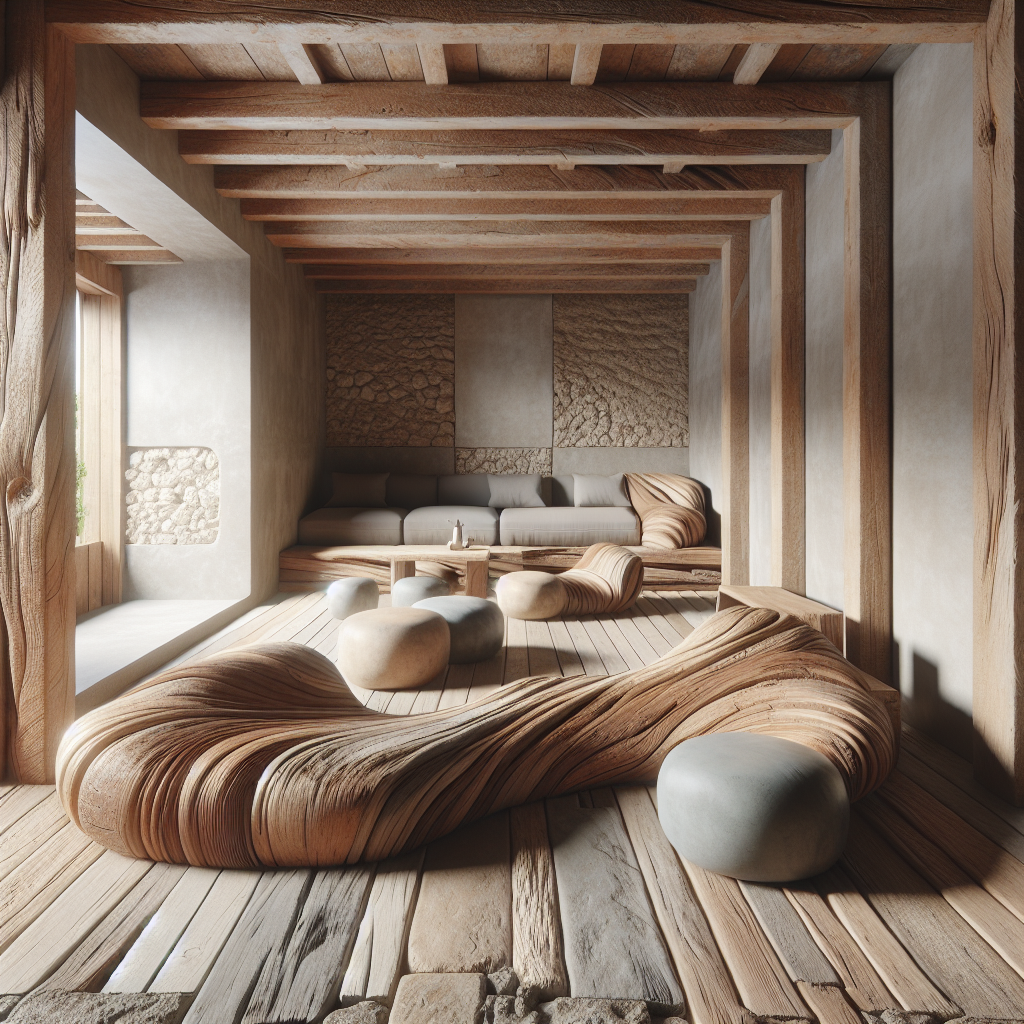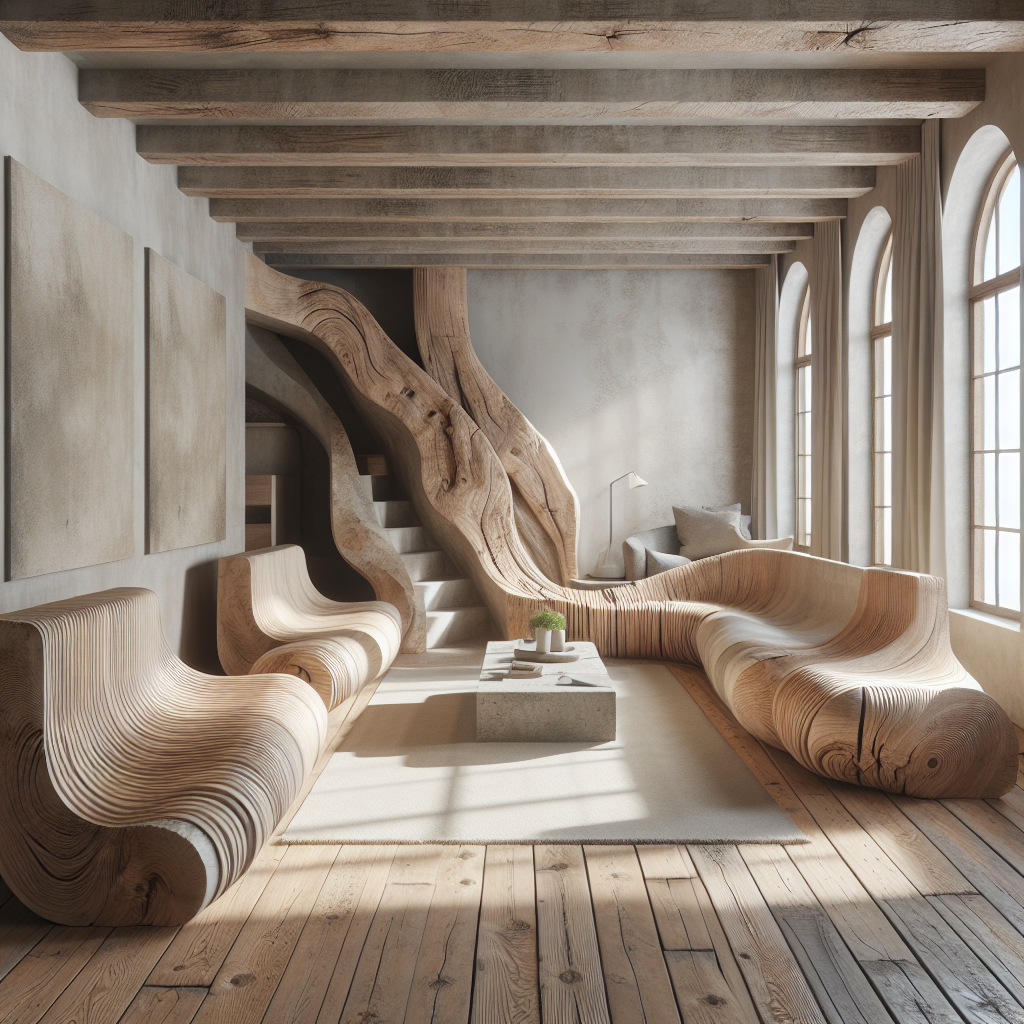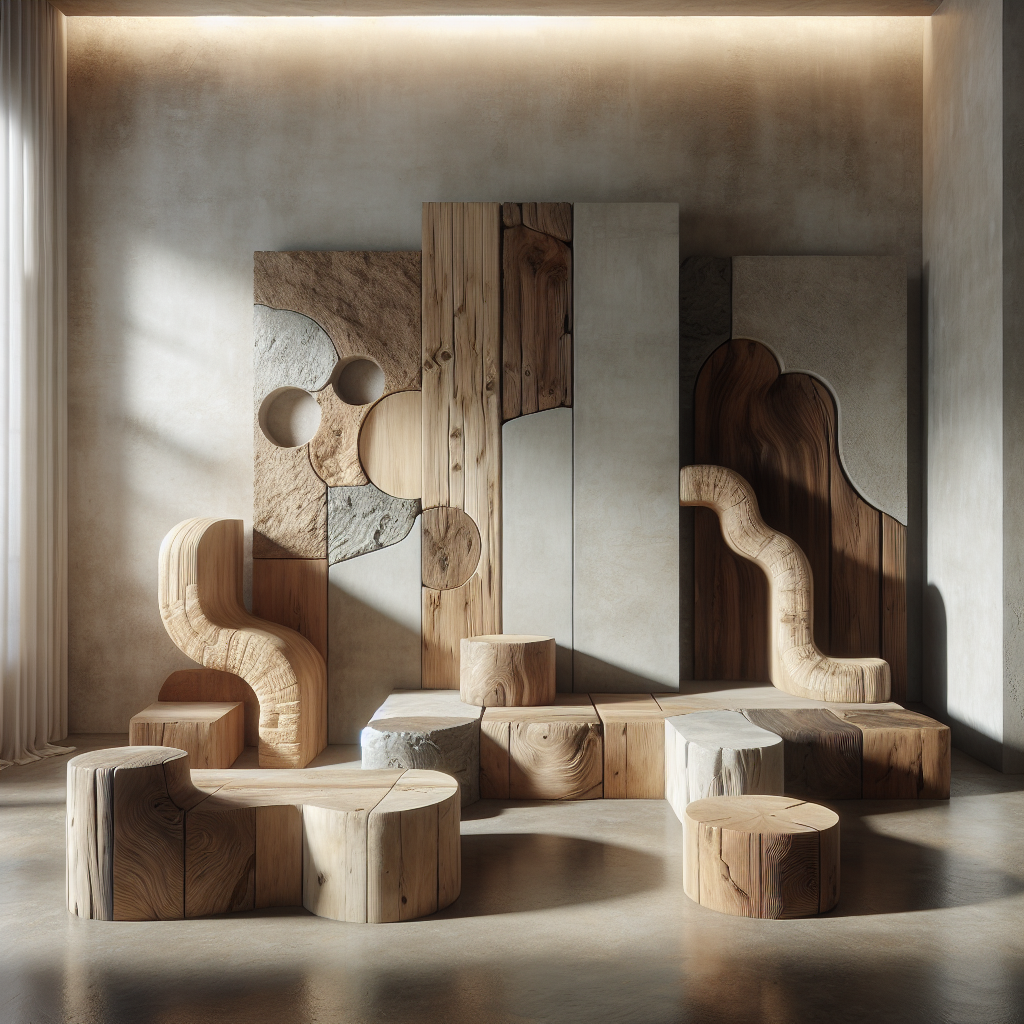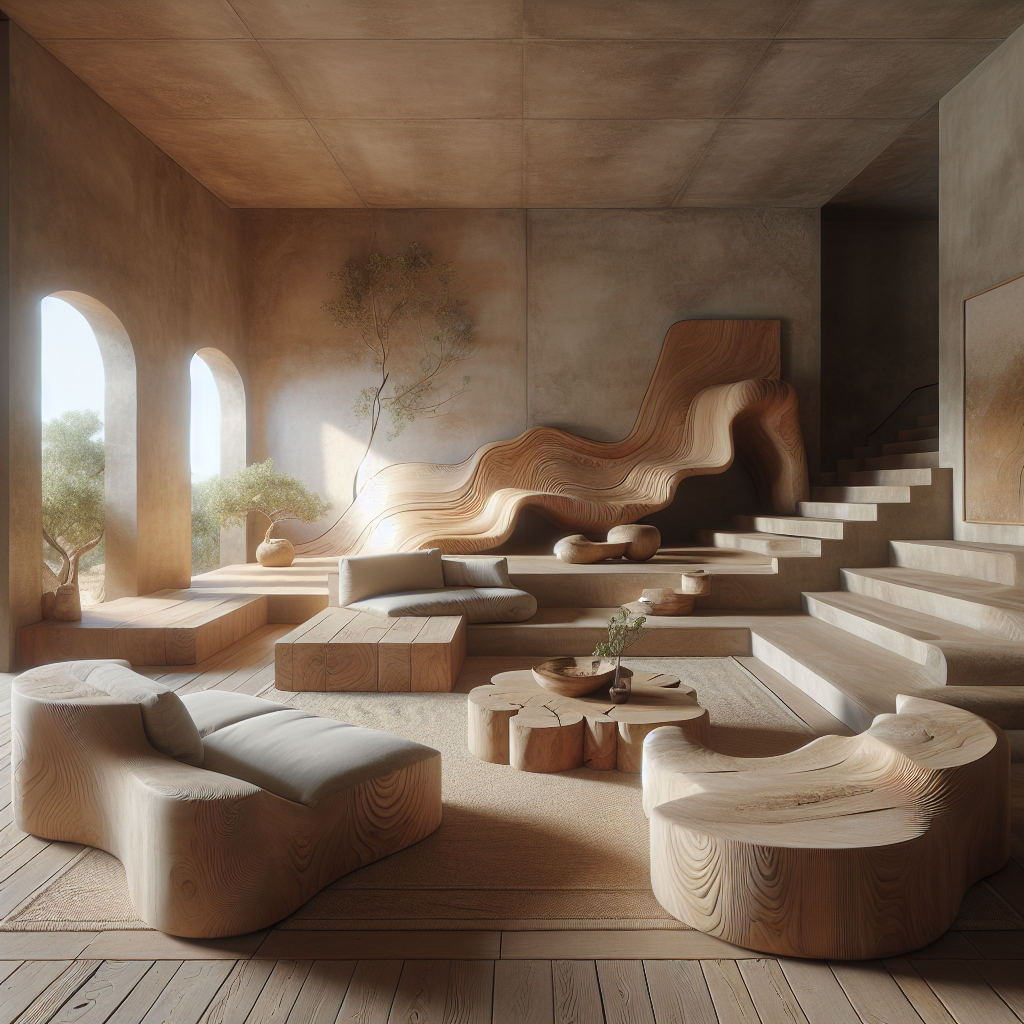Raw textures and: reclaimed wood sculptural seating for calm living

Raw Textures and Reclaimed Wood: Sculptural Seating for Calm Living
In the ceaseless rhythm of contemporary life, our homes have become sanctuaries, spaces that nurture tranquility and reflection. Designers and architects, attuned to this cultural shift, are increasingly embracing raw textures and reclaimed wood to craft sculptural seating that not only enhances interiors but also fosters a profound sense of calm. From minimalist urban lofts to luxurious countryside retreats, the marriage of organic materials and sculptural form is redefining the aesthetics of serene living.
The Allure of Raw Textures in Interior Design
Texture, often overlooked in favor of color and form, is now stepping into the spotlight as a crucial element in interior design. Raw textures—unpolished, authentic, and tactile—invite touch and contemplation, creating spaces that resonate deeply with human sensibilities. The appeal lies in their honesty; materials like reclaimed wood, stone, and natural fibers carry inherent imperfections that echo the Japanese aesthetic philosophy of wabi-sabi, celebrating beauty in impermanence and imperfection.
Architectural theorist Juhani Pallasmaa once noted, “Touch is the sensory mode that integrates our experience of the world with that of ourselves.” Indeed, raw textures bridge the gap between human experience and built environments, grounding inhabitants in a tangible reality amidst digital abstraction.
Reclaimed Wood: Sustainability Meets Aesthetic Excellence
Among raw textures, reclaimed wood stands out for its dual narrative of sustainability and aesthetic charm. Sourced from dismantled barns, historic warehouses, and decommissioned boats, reclaimed wood embodies a storied past, each grain and groove narrating a unique history. This aligns seamlessly with contemporary values of sustainability and circular economy, transforming waste into timeless treasures.
According to a recent report by the Global Green Building Council, reclaimed materials significantly reduce environmental impact, curbing deforestation and minimizing landfill waste. Moreover, reclaimed wood’s aged patina and inherent imperfections provide designers with a rich palette to craft furniture that is both sculptural and deeply evocative.
Sculptural Seating: Art Meets Functionality
In the realm of furniture design, seating has evolved beyond mere functionality into sculptural statements that anchor spaces aesthetically and emotionally. Sculptural seating crafted from reclaimed wood is particularly compelling, merging artistry with comfort. Designers like Sebastian Cox and Hiroki Takada have championed this approach, creating seating pieces that are as much art installations as they are functional furnishings.
Consider Cox’s celebrated “Bayleaf” chair, which gracefully blends reclaimed timber with contemporary craftsmanship. Its sinuous curves and organic contours echo natural forms, inviting users to engage tactilely and visually. Similarly, Takada’s “Nami” bench employs weathered wood planks arranged in undulating waves, reminiscent of ocean currents, offering both visual poetry and ergonomic comfort.
Case Study: The Zen Retreat by Studio Formafantasma
A compelling example of raw textures and reclaimed wood sculptural seating in practice is the Zen Retreat, designed by the acclaimed Italian duo Studio Formafantasma. Nestled in the Tuscan countryside, this residential project embodies calm living through meticulous material selection and spatial harmony.
The centerpiece of the retreat’s living area is a sculptural seating arrangement crafted entirely from reclaimed oak beams salvaged from local agricultural structures. The beams, bearing the marks of decades of use, were minimally treated to preserve their authentic textures. Arranged in a circular formation, the seating fosters communal interaction while simultaneously providing a meditative focal point.
Complementing the seating, the interior walls feature rough-hewn stone and plaster finishes, enhancing the tactile richness of the space. The result is an environment that encourages mindful living, where occupants are continually reminded of nature’s beauty and history’s gentle passage.
Integrating Raw Textures into Urban Environments
While reclaimed wood and raw textures naturally align with rural or rustic aesthetics, contemporary urban interiors are increasingly adopting these elements to introduce warmth and authenticity into otherwise sleek, modern spaces. For instance, in the adaptive reuse of industrial buildings, architects often preserve original wooden beams and flooring, juxtaposing them against minimalist furnishings to striking effect. This approach resonates with the principles outlined in our exploration of adaptive reuse, demonstrating how thoughtful integration of raw textures can transform urban interiors into serene sanctuaries.
Moreover, as cities grow denser, the demand for biophilic design—integrating natural elements into built environments—has surged. Reclaimed wood seating, with its organic textures and earthy tones, serves as a subtle yet powerful expression of biophilia, fostering psychological well-being and reducing stress, as detailed in our article on biophilic design.
Innovations and Future Directions
As technology advances, designers are finding innovative ways to enhance the appeal and sustainability of reclaimed wood seating. Digital fabrication techniques, such as CNC milling and 3D modeling, allow for precise sculptural forms previously unattainable by traditional methods. Additionally, emerging treatments and finishes derived from natural oils and waxes further preserve wood’s raw textures while enhancing durability and longevity.
Looking ahead, the intersection of reclaimed materials and cutting-edge technology promises exciting possibilities. For instance, the integration of augmented reality (AR) can provide designers and clients with immersive previews of sculptural seating within specific interiors, streamlining the customization process. Our recent exploration of augmented reality in design highlights the transformative potential of such technologies in shaping future interiors.
Conclusion: Cultivating Calm Through Design
Raw textures and reclaimed wood sculptural seating represent more than mere design trends; they embody a cultural shift towards authenticity, sustainability, and mindful living. By embracing these elements, designers and architects are crafting spaces that resonate deeply with human experience, fostering tranquility amidst the complexities of modern life.
Whether in rural retreats or urban lofts, the tactile richness and visual poetry of reclaimed wood seating invite inhabitants to pause, reflect, and reconnect with the natural world. As we continue to navigate an increasingly digital landscape, the allure of raw textures will undoubtedly grow, reminding us of the profound beauty inherent in imperfection and authenticity.
For further inspiration, explore our in-depth analysis of sculptural furniture and discover how contemporary designers are redefining the boundaries between art and functionality.
References








